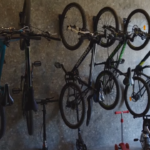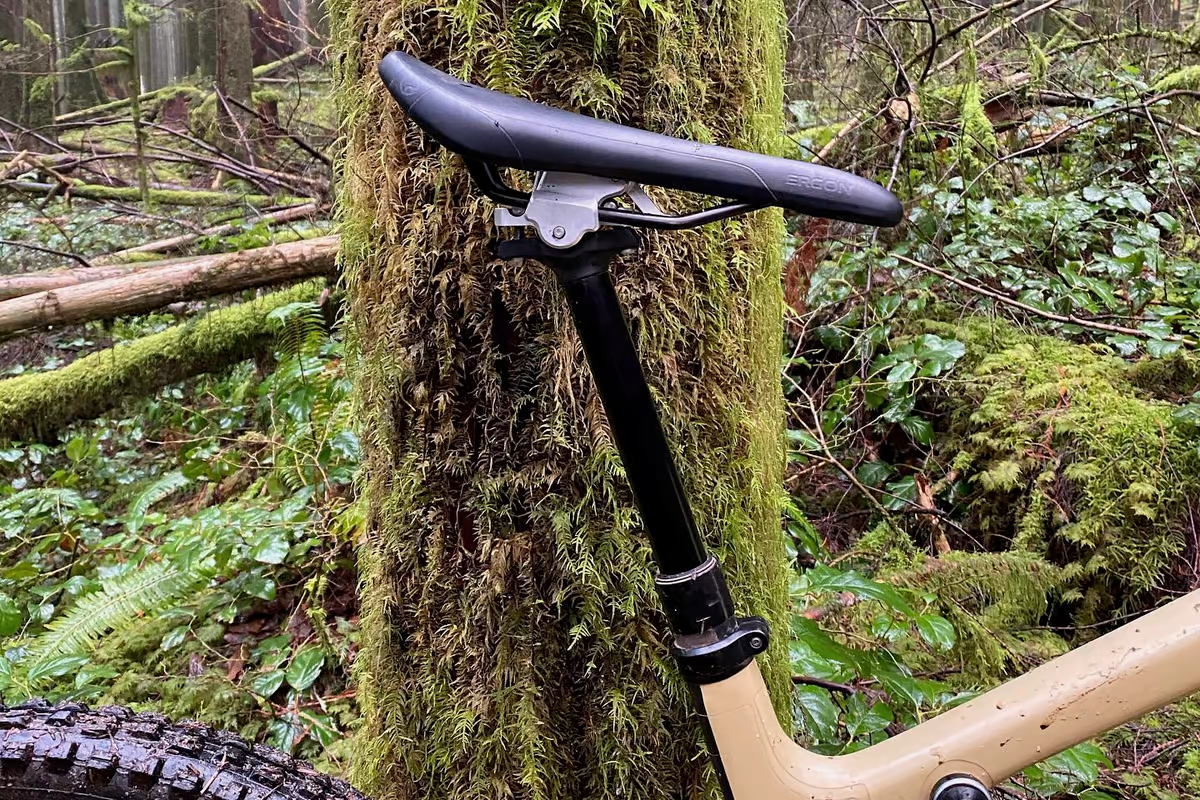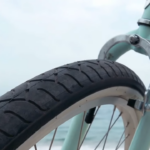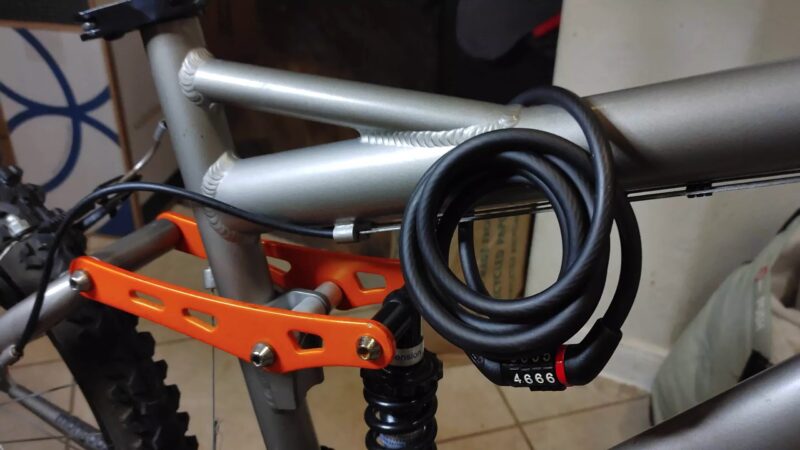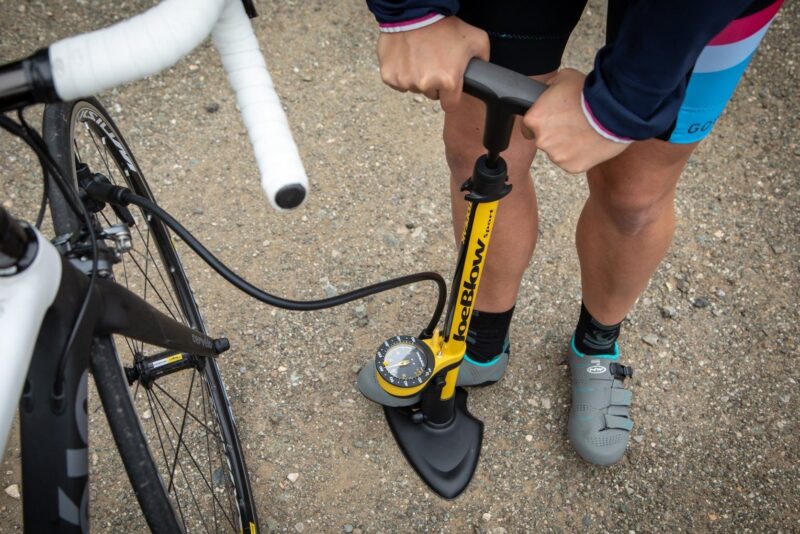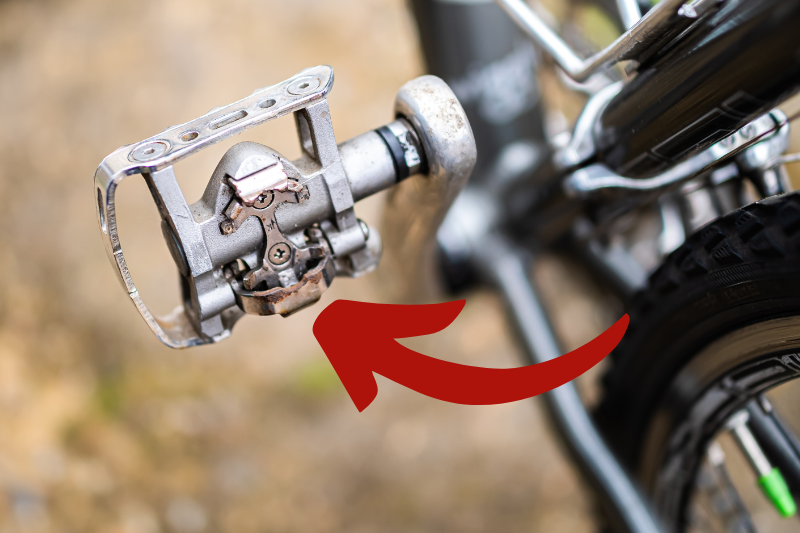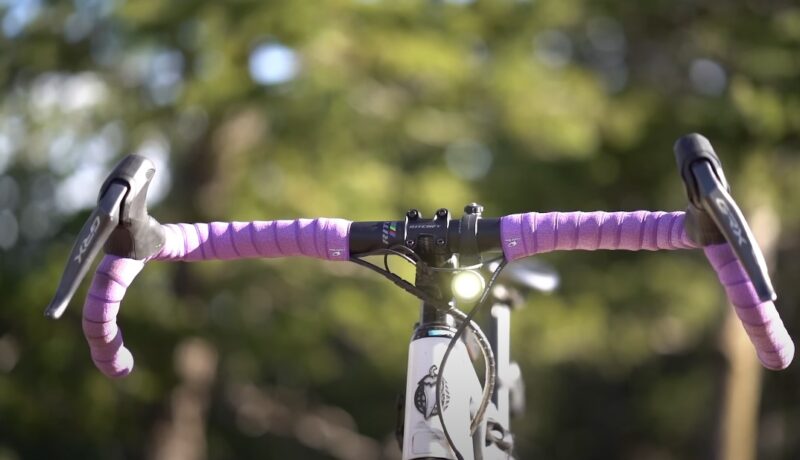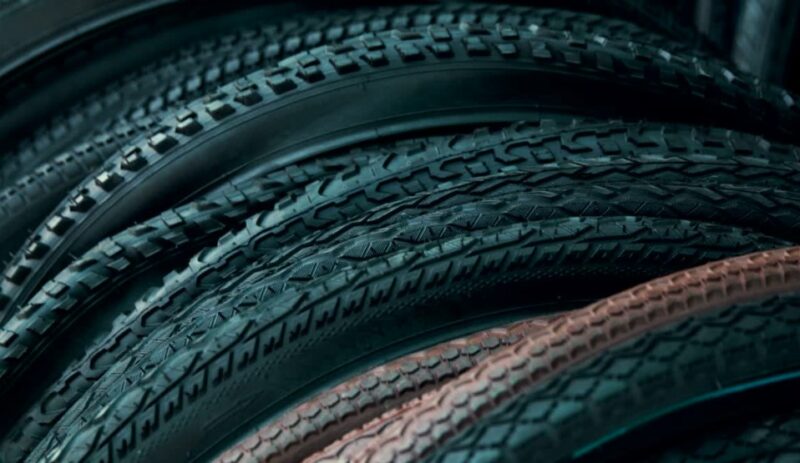
You probably take great pride in maintaining your bicycle and ensuring it remains in top-notch condition. One crucial aspect of bike maintenance is understanding the lifespan of your bicycle tires. Whether you’re a casual commuter or an avid mountain biker, it’s essential to know when your tires might be reaching the end of their usable life.
In this article, we’ll delve into the factors that influence the shelf life, the signs of wear and aging, and the best practices for extending their lifespan. By the end, you’ll have a better understanding of when it’s time to replace your tires and how to keep them performing at their best for as long as possible.
Key Takeaways
- Bicycle tires have a finite lifespan and can expire or go bad over time, even if they’re not heavily used.
- Factors like storage conditions, exposure to sunlight, and the type of riding can affect the degradation of your tires.
- Signs of tear wear and aging include cracking, hardening, and loss of tread depth.
- With proper storage and maintenance, you can extend the life of your bicycle tires and ensure your safety on the road or trail.
- The average lifespan of a bicycle tire is around 2-5 years, depending on usage and storage conditions.
The Lifespan of Bicycle Tires
Maintaining the longevity of your bicycle tires is crucial for both safety and cost-effectiveness. Several factors can influence the lifespan, from the materials used in their construction to the frequency and conditions of their usage.
Factors that Affect Degradation
The lifespan of bicycle tires is primarily influenced by a variety of factors, including the composition, exposure to the elements, and the conditions in which they are used.
Tires made with higher-quality materials and compounds tend to have a longer lifespan compared to those with lower-grade components.
Tires that are regularly exposed to UV radiation, extreme temperatures, and harsh weather conditions may degrade more quickly than those stored and used in more favorable environments.
Signs of Wear and Aging
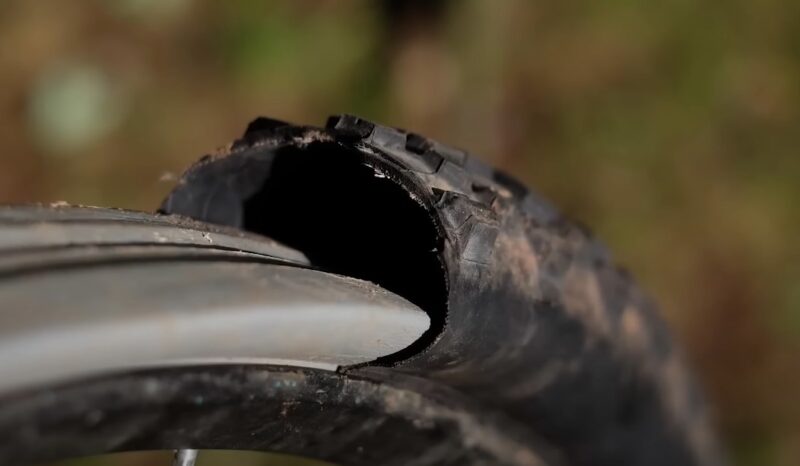
As your bicycle tires age and wear down, there are several telltale signs to look out for, including:
- Cracking or crazing on the surface
- Excessive tread wear, with the tread pattern becoming less pronounced
- Changes in the rolling resistance, causing it to feel “sluggish” or less responsive
- Visible damage or deformation to the structure
These indicators suggest that it may be time to replace your bicycle tires to ensure optimal performance and safety on the road.
| Factor | Impact on Tire Lifespan |
|---|---|
| Tire Composition | Higher-quality materials and compounds tend to last longer |
| Environmental Exposure | Exposed to UV, temperature extremes, and harsh weather degrade faster |
| Frequency of Use | Used more frequently wear down quicker than those used less often |
| Riding Conditions | Used on rough terrain or abrasive surfaces wear out more quickly |
By understanding the factors that influence the lifespan of your bicycle tires and recognizing the signs of wear and aging, you can make informed decisions about when to replace them and ensure your rides are safe, efficient, and enjoyable.
How Long Should You Keep Them?
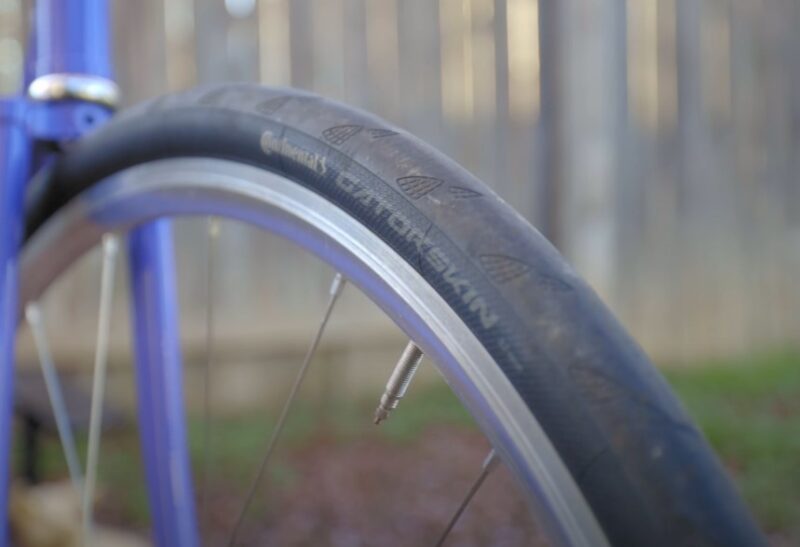
Maintaining the longevity of your bicycle tires is crucial for both safety and performance. While there is no one-size-fits-all answer, understanding the general guidelines for tire lifespan can help you make informed decisions on when to replace them.
Factors Affecting Lifespan
- Riding conditions: Tires used on rough terrain or exposed to harsh weather elements tend to wear out faster than those used on smooth, well-maintained roads.
- Tire pressure: Underinflated tires will wear out more quickly, while properly inflated tires can last longer.
- Rider weight: Heavier riders put more strain on the tires, leading to accelerated wear and tear.
- Maintenance: Regular cleaning, proper storage, and avoiding exposure to direct sunlight can help extend the life of your bicycle tires.
Signs It’s Time to Replace
- Visible wear and tear
- Punctures and flats
- Reduced grip and handling
By understanding the factors that affect tire lifespan and regularly inspecting your bicycle’s tires, you can ensure your how long to keep bicycle tires are in optimal condition and keep you safe on the road. When it’s time for replacing bicycle tires, don’t hesitate to make the switch for a smoother, more reliable ride.
Extending the Life
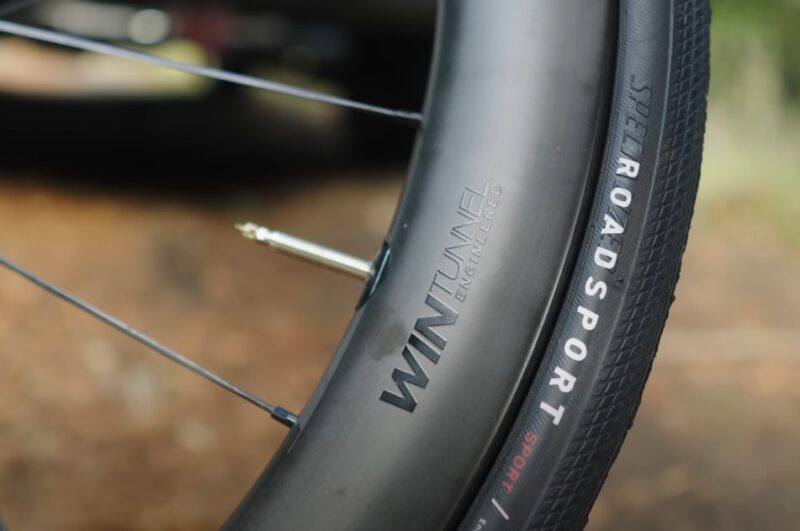
As a bicycle enthusiast, you understand the importance of maintaining your tires to ensure a smooth, safe, and efficient ride. Fortunately, there are several strategies you can employ to extend the life of your bicycle tires and get the most value from your investment.
Proper Storage and Maintenance Tips
Proper storage is key to preserving the integrity of your bicycle tires when they’re not in use. When storing your bike, keep them inflated to the recommended PSI (pounds per square inch) and store the bike in a cool, dry place away from direct sunlight. This helps prevent premature aging and cracking of the material.
Regular maintenance is also crucial for extending the life of your bicycle tires.
| Maintenance Task | Frequency |
|---|---|
| Check Tire Pressure | Before each ride |
| Visual Inspection | Monthly |
| Tire Cleaning | Every 2-3 rides |
By following these simple storage and maintenance tips, you can extend the life of your bicycle tires and enjoy a comfortable, reliable ride for longer.
Summary
You’ve gained valuable insights into the lifespan of your bicycle tires and the crucial factors that influence their longevity.
By understanding the signs of wear and aging, as well as the best practices for storage and maintenance, you can now extend the usable life and ensure your bicycle is always ready for your next adventure.
Remember, regular inspections and timely replacements are essential for your safety and the optimum performance of your bike.
Related Posts:
- Can Bike Tires Go Flat Just From Sitting Unused? (Explained)
- Why Bicycle Chains Turn Black (and How to Keep Them Clean)
- Can You Put Pegs On A Mountain Bike? Step By Step Explained
- Do Bike Pedals Need to be Greased (Explained for Beginners)
- How to Inflate Road Bike Tires - A Step-by-Step Guide
- Do 700c Bike Tires Fit 29ers (Are They the Same?)




